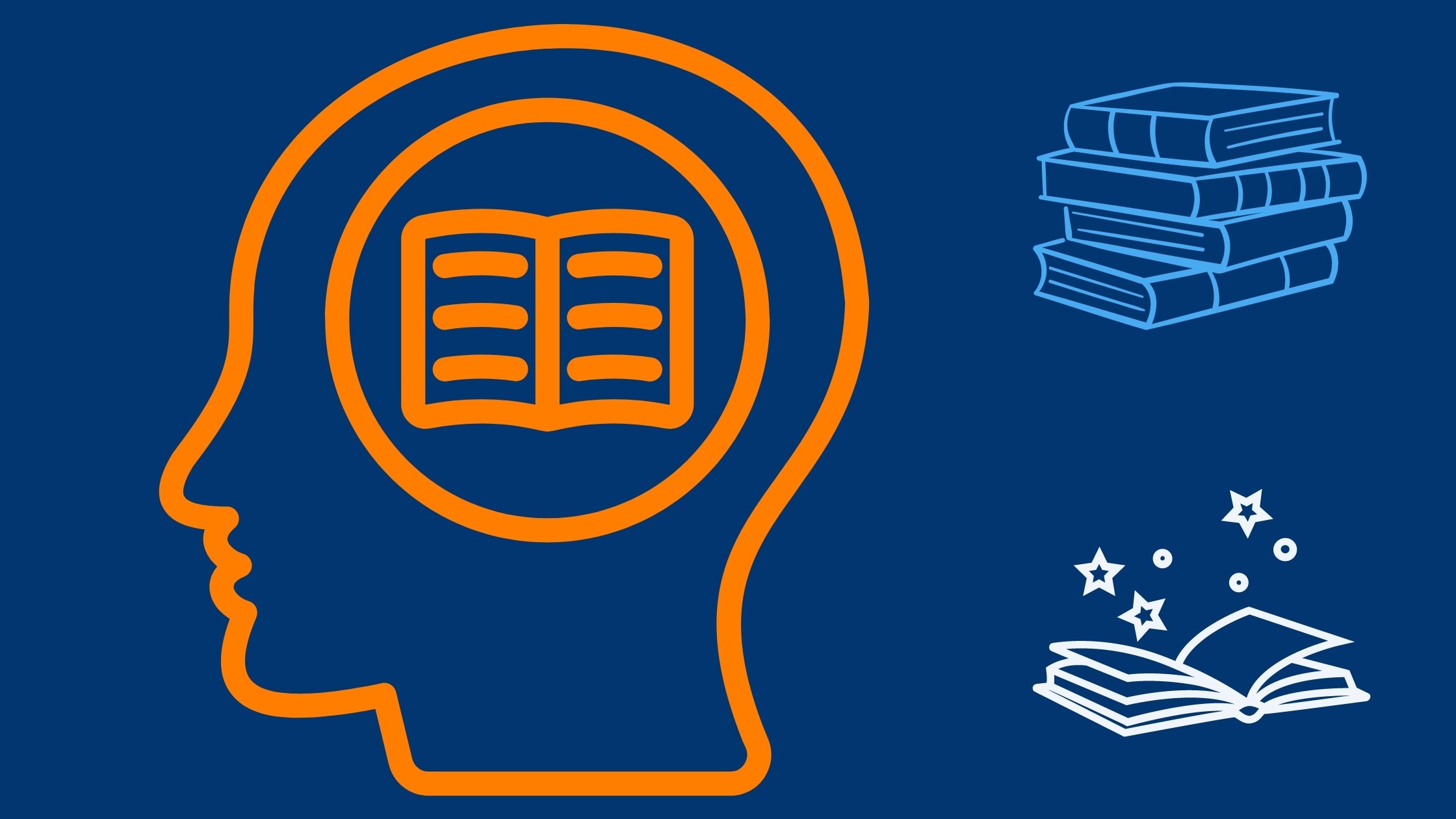Our thoughts define how we see the world, from spotting patterns in randomness to challenging dogma. The words in this Word Treasures reveal the complexities of human thinking and belief.
Today’s Word Gems
- Pareidolia (noun) - the illusory perception of meaningful patterns or images of familiar things in random or amorphous data
- Designing the Mind, pg 44 - “Some light examples of pattern recognition gone haywire are found in optical illusions and pareidolia, the tendency to see patterns like faces in abstract images or hear voices in noise.”
- Dogmatic (adj) - inclined to lay down principles as incontrovertibly true
- Designing the Mind, pg 37 - “If you are like most people, you look around and see others who are confused, dogmatic, and irrational.”
- Fallacious (adj) - based on a mistaken belief
- Unmasking the Face, pg 150 - “That would obviously be fallacious.”
- Physiognomic (adj) - of, or relating to, or characteristic of, physiognomy (noun) - the facial features held to show qualities of mind or character by their configuration or expression
- Unmasking the Face, pg 61 - “It is also easier to see surprise elements in her blend pictures because of physiognomic differences between her eyes/forehead and John’s.”
Ponder This
- When have you caught yourself in fallacious thinking, and how did you correct it?
- Why do you think humans are drawn to patterns, even when they are purely random?
Books
- Unmasking the Face - Paul Ekman
- Designing the Mind - Ryan Bush


Comments